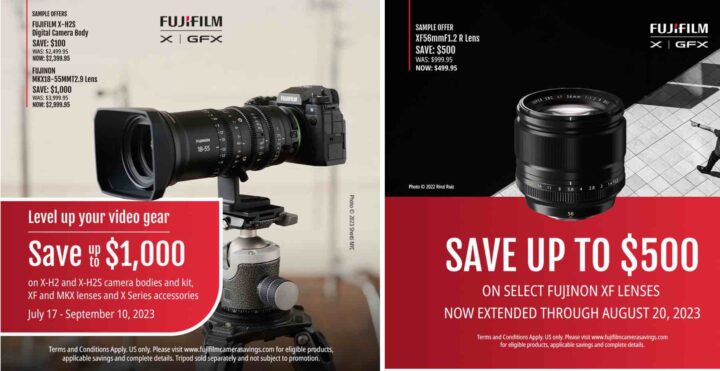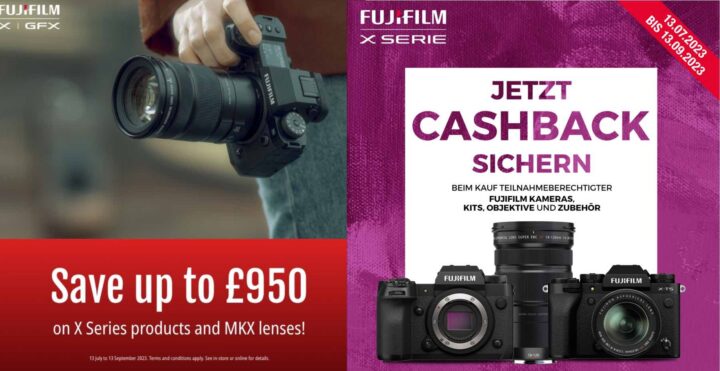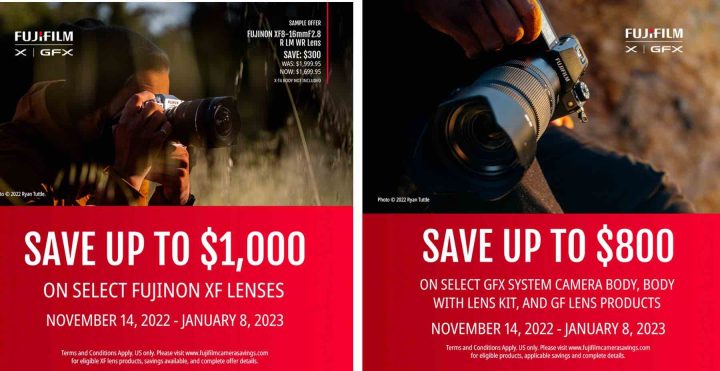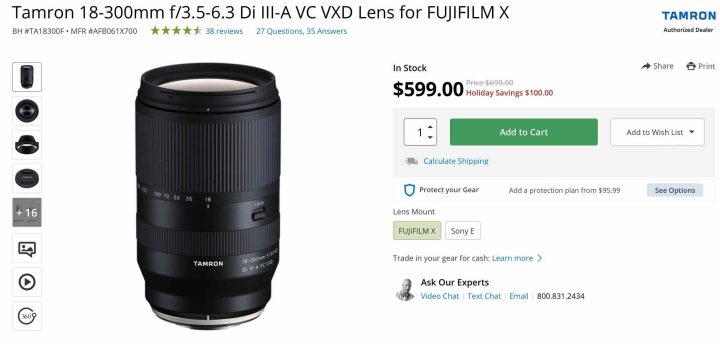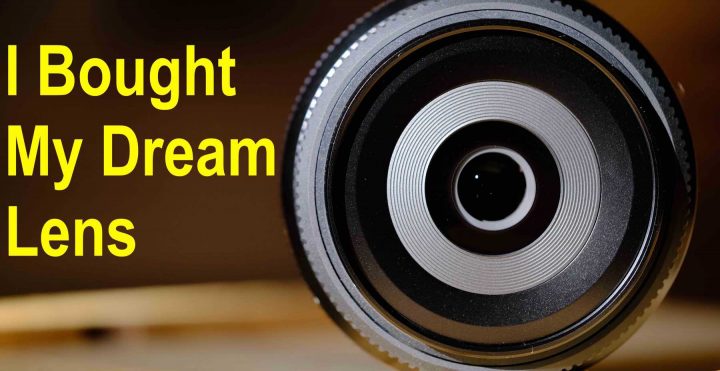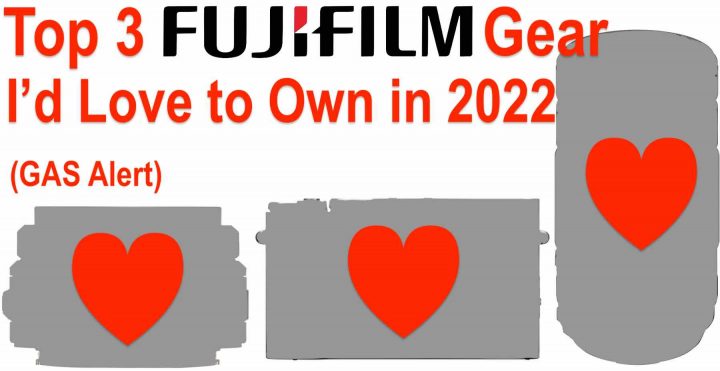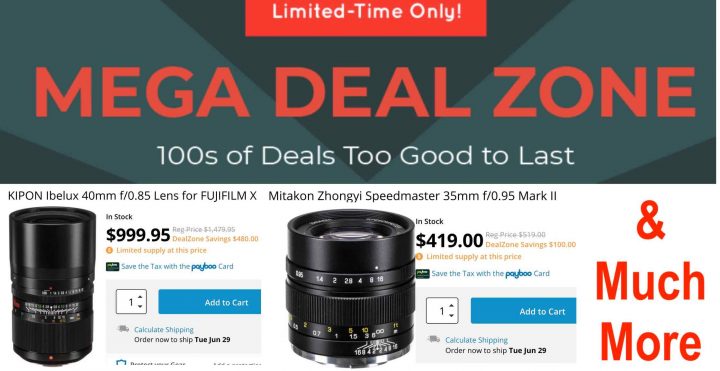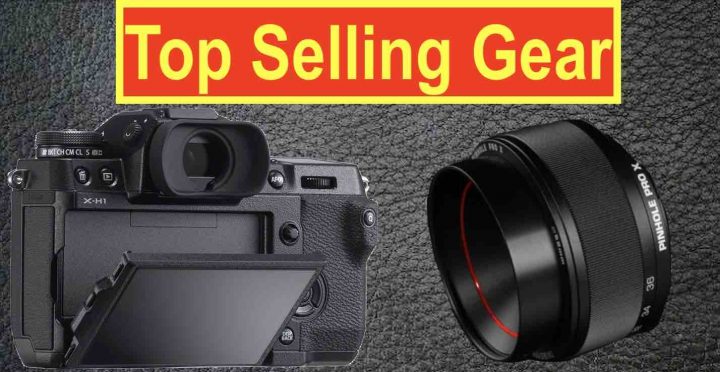*** LIVE *** Fujifilm PRESS EVENT :: Medium Format GFX and more ** Refresh This Page for Latest Updates!
OFFICIAL PRODUCT PAGE / PRESS RELEASE / FIRST LOOKS
(Please refresh this page to see the latest updates)
Fujifilm GFX


Join the Fujifilm GFX facebook group now :)
OFFICIAL PRODUCT IMAGES DOWNLOAD HERE
LIVE FUJIFILM GFX INFORMATION IN SHORT:
- GF lenses can resolve over 100MP
- Standard prime “GF63mmF2.8 R WR” (equivalent to 50mm in the 35mm format)
- Wide-angle standard zoom “GF32-64mmF4 R LM WR” (equivalent to 25-51mm in the 35mm format)
- Mid-telephoto macro 1:0.5 “GF120mmF4 Macro R LM OIS WR” (equivalent to 95mm in the 35mm format)
- Fast aperture mid-telephoto “GF110mmF2 R LM WR” (equivalent to 87mm in the 35mm format)
- Ultra wide “GF23mmF4 R LM WR” (equivalent to 18mm in the 35mm format)
- Wide “GF45mmF2.8 R WR” (equivalent to 35mm in the 35mm format)
- 43.8 x 32.9mm CMOS Sensor
- 51.4 MP
- 1/4000 shutter speed
- interchangeable Viewfinder + tilting viewfinder
- tethered shooting
- shutter speed dial
- ISO dial
- joysitck for faster AF selection
- available early 2017
- no pricing fixed… but target is with body + 63mm + viewfinder under 10,000 dollar
- LCD on the top
OFFICIAL FUJIFILM GFX PAGES by FUJIFILM:
LIVE STREAMS & BLOGGING:
- fuji-x-forum Live REPORT here + Official Images
- Report by dpreview
- Report by riflessifotografici (translation)
NEW INSTAX Square Format
And as rumored, Fujifilm also announced the new Instax Square :) Press Release here
Fujifilm GFX FULL PRESS RELEASE
CLICK READ MORE

